Jianghan Road, Wuhan – Ticket Price, Opening Hours, Transportation, and Highlights
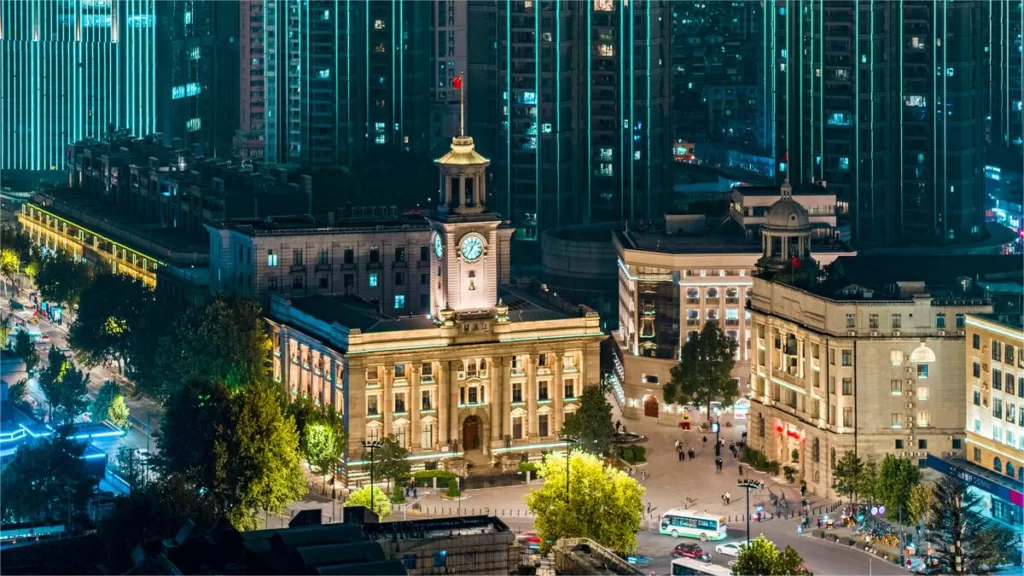
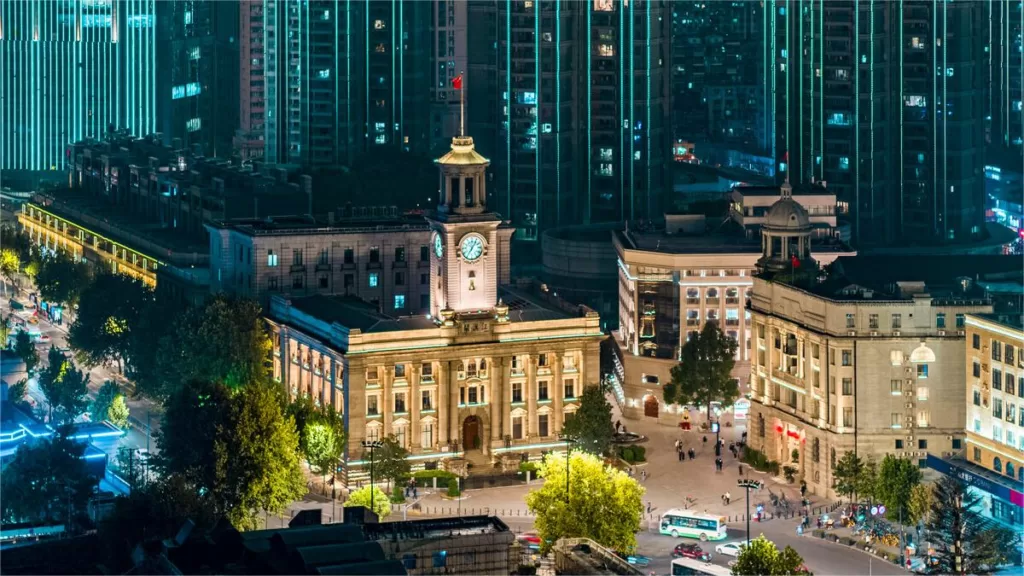
Nestled in the heart of Hankou, Wuhan, Jianghan Road (江汉路) stretches for 1600 meters, with a width ranging from 10 to 25 meters. It is a renowned century-old commercial street, celebrated as one of Wuhan’s iconic landmarks. Jianghan Road is a living testament to the city’s transformation, akin to an open-air museum that showcases the dynamism of modern history. Visitors flock here not just for shopping but also to immerse themselves in the diverse architectural styles and the vibrant historical tapestry that lines its streets.
Table of Contents
- Basic Information
- Location and Transportation
- Historical Evolution of Jianghan Road
- Highlights of Jianghan Road
- Vlog about Jianghan Road
- Useful Tips Summarized from Reviews
- Attractions near Jianghan Road
Basic Information
| Estimated Length of Tour | 2 – 3 hours |
| Ticket Price | Free |
| Opening Hours | 24 hours a day. Most vendors operate from 9.00 to 23.00 |
Location and Transportation
Nestled in the very heart of Hankou, the central district of Wuhan, Hubei Province, Hanjiang Road is a bustling thoroughfare that spans a length of 1600 meters. This historic road is an integral part of the city, connecting its southern tip at Yangtze Avenue to the northern end at Jiefang Avenue. It runs seamlessly through major arteries, including Zhongshan Avenue and Jinghan Avenue.
To get there, you can choose the following ways:
Bus: Take bus 38, 520, 548, 608, 707, or 801 and get off at Jianghan Second Road Jianghan Road Stop (江汉二路江汉路站).
Metro: There are two metro stations close to Jianghan Road. One is Jianghan Road Station on line 2 and line 6 at the eastern end, and the other is Xunli Gate Station (循礼门站) on line 1 and line 2 at the western end.
Historical Evolution of Jianghan Road
Jianghan Road, spanning from Yangtze Avenue to Hualou Street, has a rich historical heritage. In the late Qing Dynasty, this segment was known as the “Foreign Street” within the British concession. The “Wuhan City and Town Combined Map” created by modern geographer Yang Shoujing in 1890 labeled this section as Guangli Lane. With the growth of commerce and foreign trade during this era, numerous bank buildings were erected, and the street was expanded to 12 meters, although the sovereignty was held by the British concession, and the street was renamed Tai Ping Street.
In 1906, Liu Xinsheng, often referred to as the “Land King,” initiated the reclamation of the lakeside area near Jianghan Road. Over time, it was transformed into the roadbed now known as Xinsheng Road. Following the Xinhai Revolution, Chinese entrepreneurs flourished, and within a mere decade, Jianghan Road had transformed into a bustling commercial hub in Hankou.
Historically, Jianghan Road served as a cultural boundary between Chinese and foreigners. To the west of Jianghan Road, streets like Hualou Street, Huangpi Street, and the adjacent Daxing Road were populated by Chinese businesses, workshops, and food establishments. Meanwhile, the street-facing storefronts predominantly housed banks, companies, and shops owned by imperialist countries, bureaucrats, and Chinese capitalists. The presence of the Jianghan ferry terminal, which welcomed and bid farewell to passengers, further cultivated the vibrant commercial atmosphere of Jianghan Road.
In 1927, China reclaimed the British concession in Hankou, resulting in the renaming of Tai Ping Street and Xinsheng Road to Jianghan Road. To this day, 13 modern historical buildings bear witness to Jianghan Road’s past as a bustling commercial hub.
Highlights of Jianghan Road
Diverse Architectural Styles
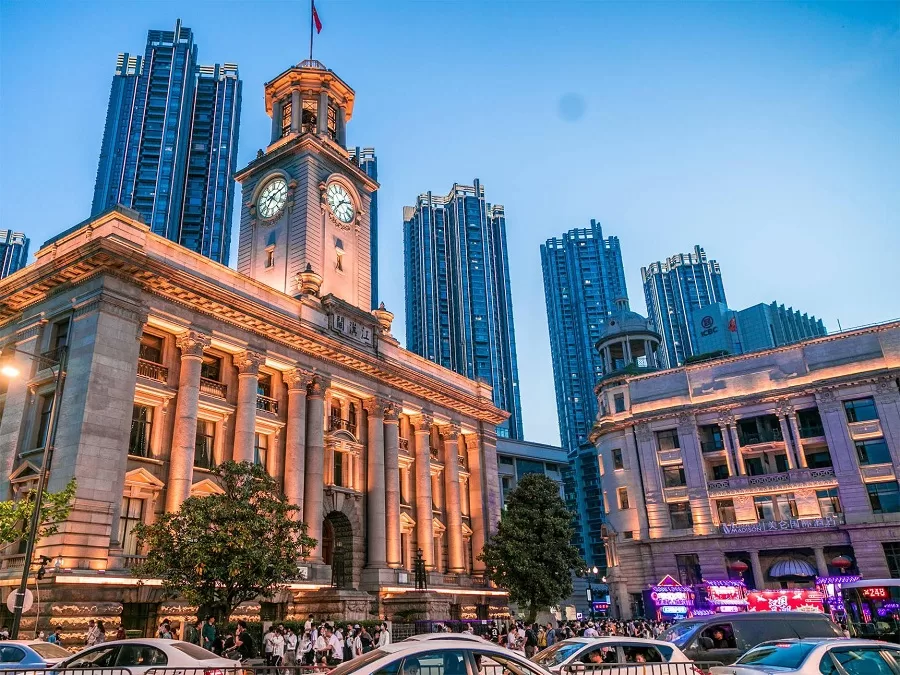
Jianghan Road boasts a captivating array of architectural styles. From European and Roman to Byzantine, Renaissance, classical, and modernist styles, it is often described as a living museum of 20th-century architecture in Wuhan.
When viewed from Yangtze Avenue, Jianghan Guan and the Yokohama Specie Bank stand proudly on either side of the street. These iconic buildings in modern Wuhan are a testament to the city’s rich history. Jianghan Guan exudes classical elegance with its refined stone colors and intricate Corinthian columns, while the Yokohama Specie Bank exudes a stately Roman style, featuring its dome tower, heavy horizontal eaves, and symmetrical facades. The cascading steps between the columns convey authority, and every piece of marble on the thick walls exudes gravitas.

Adjacent to the Yokohama Specie Bank stands the Bank of Japan, which, from a distance, appears as if the two buildings are seamlessly connected. They share similar architectural styles, the same masonry construction, and a consistent rhythm of columns. Strolling along Jianghan Road, you’ll encounter buildings like the Taiwan Bank, Shanghai Bank, and Bank of Qing Dynasty, constructed with meticulously designed stones adorned with delicate ornaments. The result is a visually stunning and harmonious architectural ensemble.
Modern Commerce
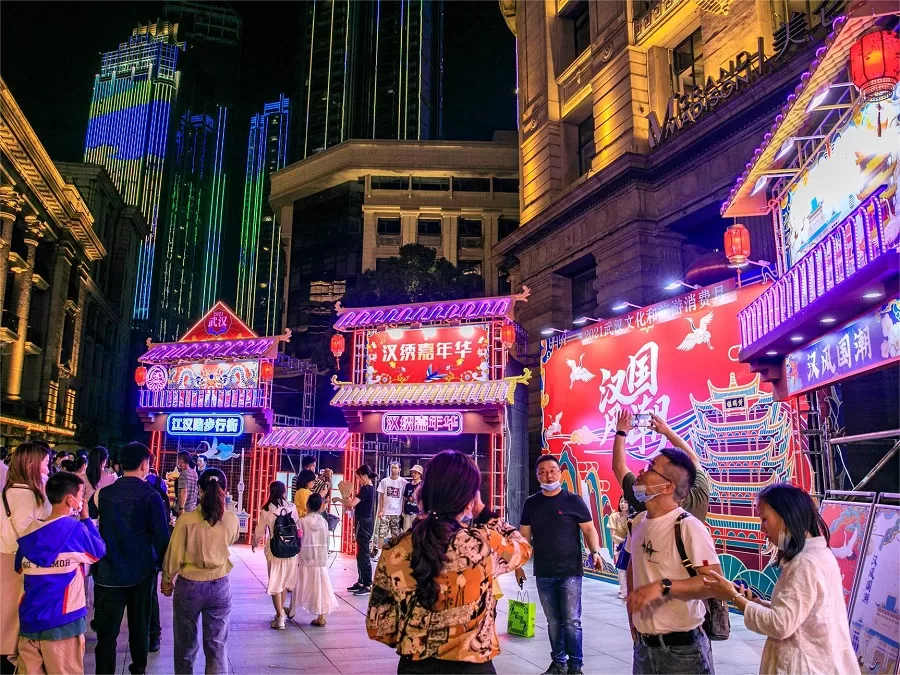
Jianghan Road is divided into three distinct sections, each with its unique character. The 400-meter stretch from Jianghan Guan to Poyang Street is primarily a financial and insurance district. Moving from Poyang Street to Zhongshan Avenue, spanning 300 meters, you’ll find a commercial district dominated by national “time-honored” brands and modern domestic labels. It’s home to establishments like Jingyi Eyewear, Laohengdali Clock Shop, as well as international brands including Bally, Li-Ning, Datatime Watch, Big Taipei Shoe City, Gao Bang Fashion, Baida Apparel, Youwei Fashion, Levi’s, Zara, Lilaie Apparel, and Ordos. Finally, the 510-meter section from Zhongshan Avenue to Jianghan Road Intersection features modern department stores, including New World Department Store, Junhua Fashion Plaza, and other large shopping centers at its core.
Enchanting Nightscapes

Even if you’re not shopping, strolling along Jianghan Road at night is a visual treat. The street is adorned with over 50 types of lighting fixtures, comprising more than ten thousand lights, many of which are state-of-the-art products sourced from domestic and international markets. Positioned on the north side of Jianghan Guan, as you look down Jianghan Road, the brightest source of light is the circular display of lights beneath the Jianghan Road Interchange. This radiant display sets the stage for the prominent signs that read “Jianghan Road Welcomes You” on the north and south sides, and “Wuhan Welcomes You” on the east and west sides, making it an eye-catching spectacle.
Vlog about Jianghan Road
Useful Tips Summarized from Reviews
Starting Point – Xunlimen: Begin your journey at the northern end of Jianghan Road, near Xunlimen (循礼门). Here, you’ll find a flower market where you can purchase a bouquet of flowers for around 15 yuan. These flowers make for beautiful photo opportunities.
Explore the Old Streets: Jianghan Road is lined with many small alleys and lanes that exude the charm of old Wuhan. If you have ample time, take a stroll through these lanes to experience the essence of old Wuhan. You’ll find numerous breakfast shops along these streets, with hot dry noodles (热干面) being a popular choice. Simply pick a crowded one, and you’re likely to enjoy a tasty meal.
Evening Night Market: After 6:00 PM, Jianghan Road transforms into a bustling night market with numerous stalls selling a variety of goods, including bags, shoes, and clothing. Prices are usually cheap, and you can even haggle for a better deal. The night market is located in the middle of the pedestrian street, offering a lively atmosphere.
Attractions near Jianghan Road
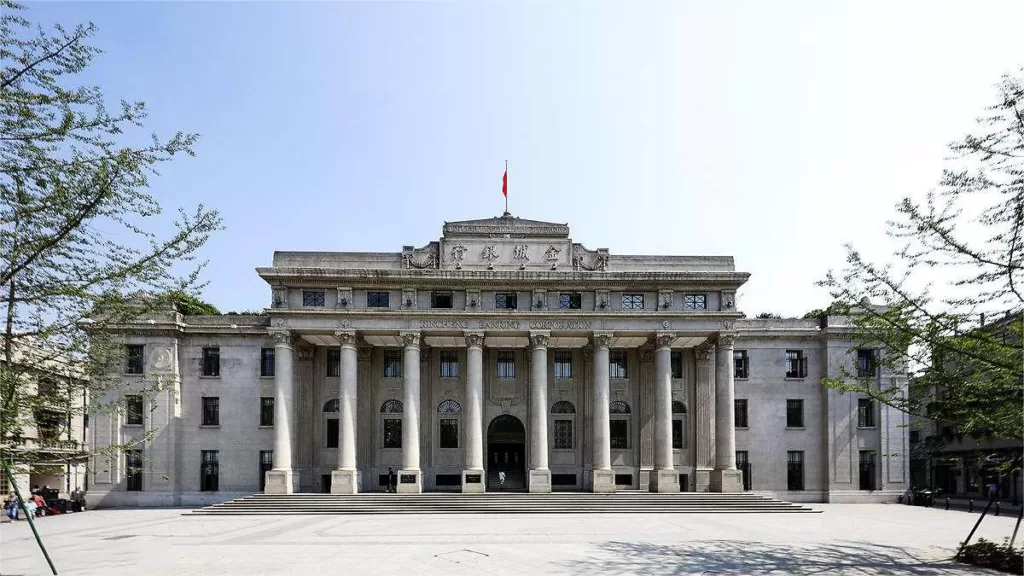
Wuhan Art Museum – Showcase over 1000 artworks

Hankou Jiangtan Park – Span a length of 7 kilometers
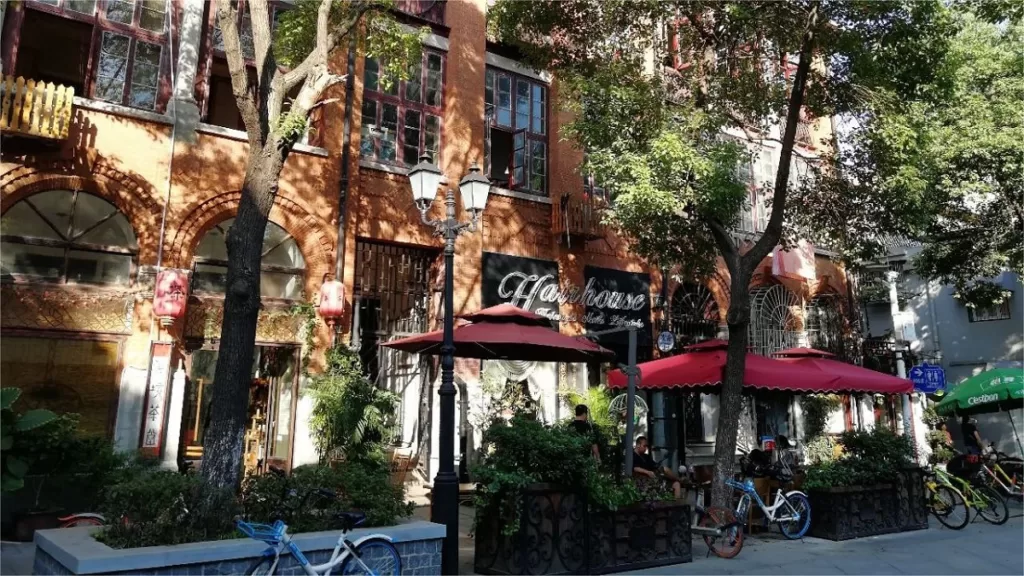
Lihuangpi Road – A street museum of historic buildings

Wuhan Zhongshan Park – In honor of Dr. Sun Yat-sen
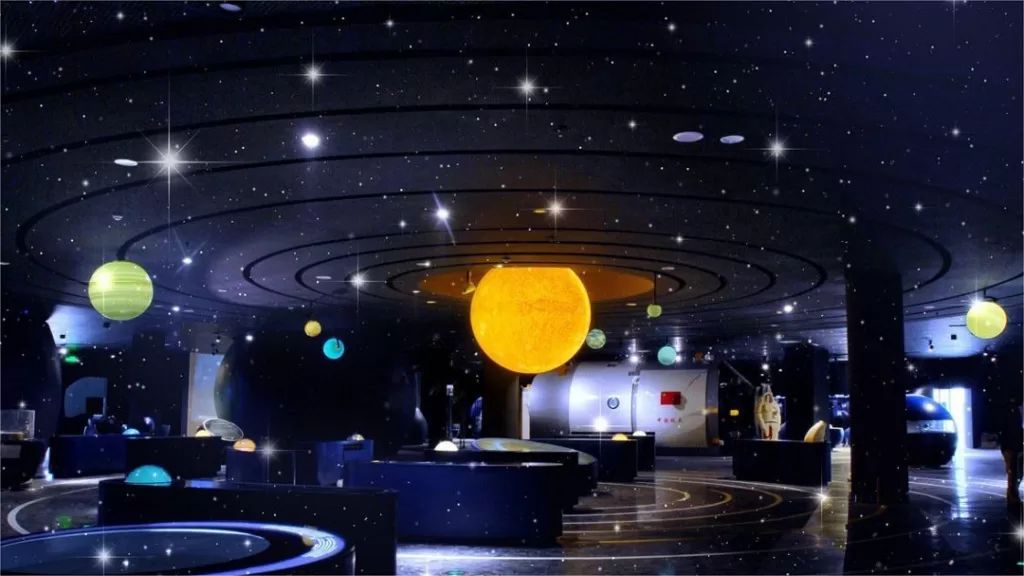
Wuhan Science and Technology Museum – A hub for science eudcation and exploration
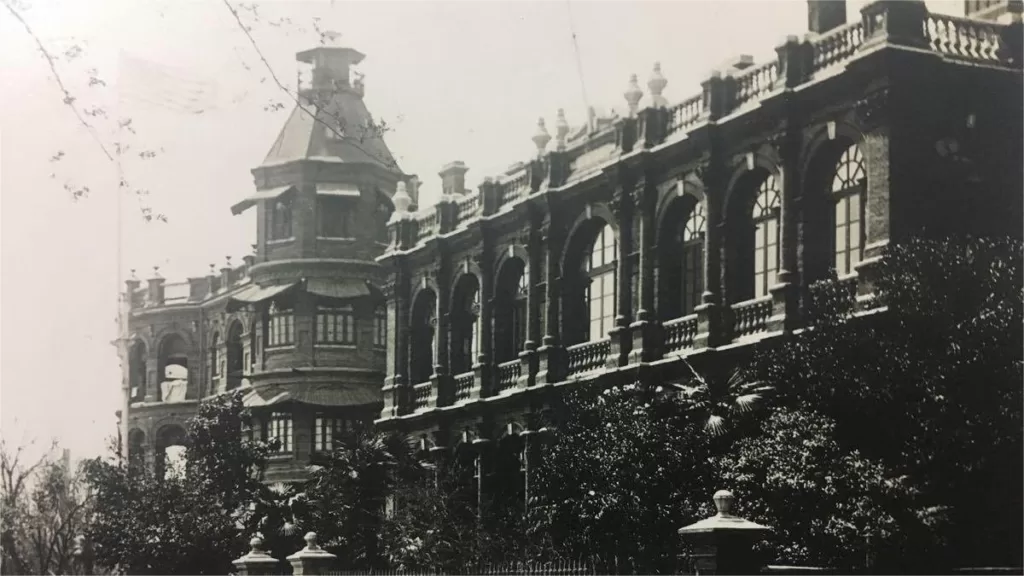
Former Site of the Consulate General of the United States in Hankou
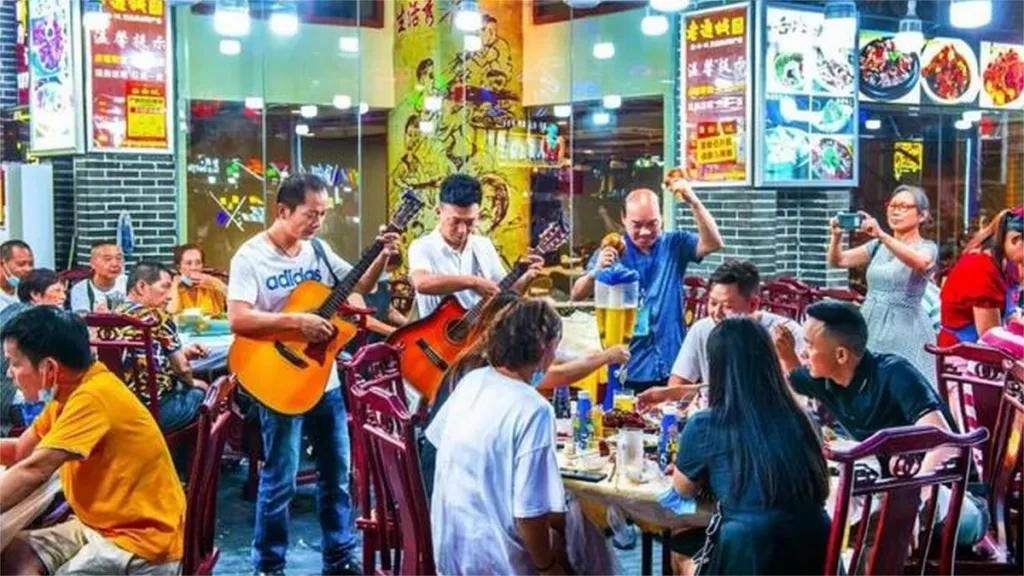
Jiqing Street – A renowned culinary destination for late-night eats
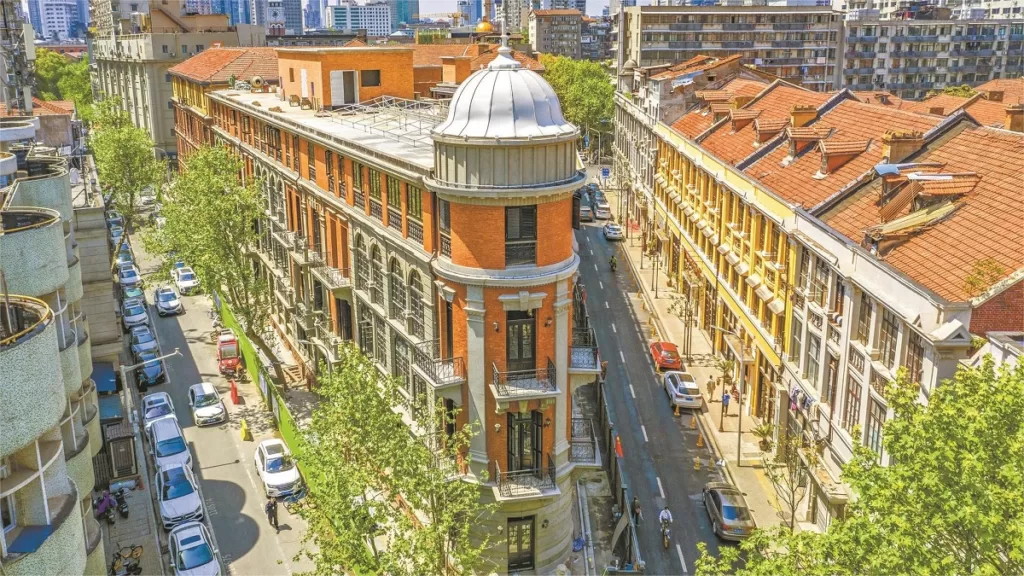
Bagong House – A witness to the rise and fall of Banov brothers
Hubei Historical Sites, Wuhan Attractions